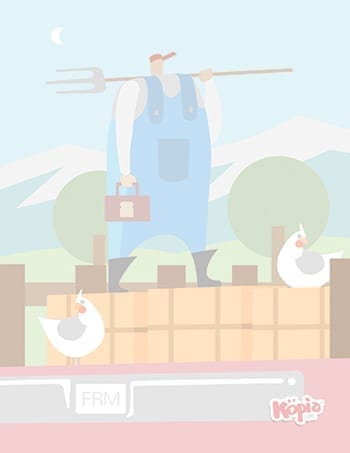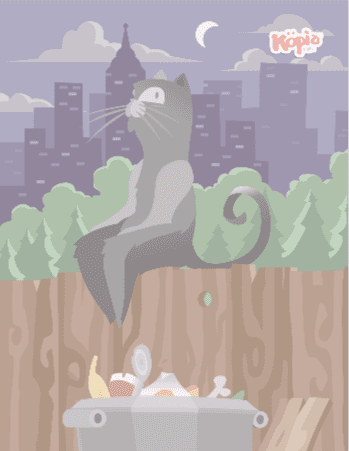Kopiographic images are a perfect fit in a variety of situations.
Kopiographic images are fun and approachable, and, most importantly – they make drawing accessible to everyone, regardless of their skill level.
Staring at a blank page with an expectation that something creative needs to happen can be really overwhelming – especially for a student who doesn’t identify with being ‘artistic’.
The same Kopiographic image will provide equal benefit to a student who has never drawn a picture before in their life, all the way up to the professional artist.
Really, the pages are all about opportunity. They are not a structured, systematic way to approach ‘how to draw’.
Think of it like a guided sketchbook. There is a foundation there, but what gets done with it is open.
A beginning student may just outline with simple, thin lines.
The next time they do an image, they may add a little shading or texture. They may explore line thickness and play with contour.
In another image, they may add some depth or perspective.
Kopiographic images are simply meant as a starting point.
Kopiographic images are not designed for a specific age group.
They are designed so that any image can be enjoyed by any age and any skill level.
A beginner may simply put down an outline around the shapes, whereas a more advanced artist may work with shading, contour, depth, perspective, texture, etc.
 The Thought Process
The Thought Process
 The Farmer looks simpler, but those big circles and long, straight lines are actually really hard! As is the lettering on the license plate.
In ‘The Thought Process’ there are quite a few windows in the buildings… which makes the drawing seem more difficult. But in reality, those small shapes are quite easy – there just happens to be a lot of them.
The Farmer looks simpler, but those big circles and long, straight lines are actually really hard! As is the lettering on the license plate.
In ‘The Thought Process’ there are quite a few windows in the buildings… which makes the drawing seem more difficult. But in reality, those small shapes are quite easy – there just happens to be a lot of them.[ k-oh-pee-aw-gra-fee ]
[ k-oh-pee-ah-line ]
We have an entire page dedicated to the definition of Kopiography.
I guess it depends on your perspective… We believe that Kopiography mostly isn’t tracing.
Yes, Kopiography uses shapes as drawing guides & you can ‘trace’ on the edges of those shapes.
But Kopiography really is so much more than that. Kopiography simply provides a foundation to draw on top of.
When people talk about tracing, they are typically referring to putting a piece of tracing paper over an image in order to try and copy the image below.
Kopiography | Tracing |
|---|---|
Does not use tracing paper. | Uses tracing paper. |
Pages are designed specifically to draw on top of. | Image being copied is not meant to be drawn on top of or copied in any way. |
Definitive shapes that make up an image. Colours are muted / softened to make for a better drawing experience. | Could be any image from anywhere. Photograph, illustration, painting, etc. |
Each drawing can take anywhere from a few minutes up to a several hours, depending on how much detail the artist wants to focus on.
